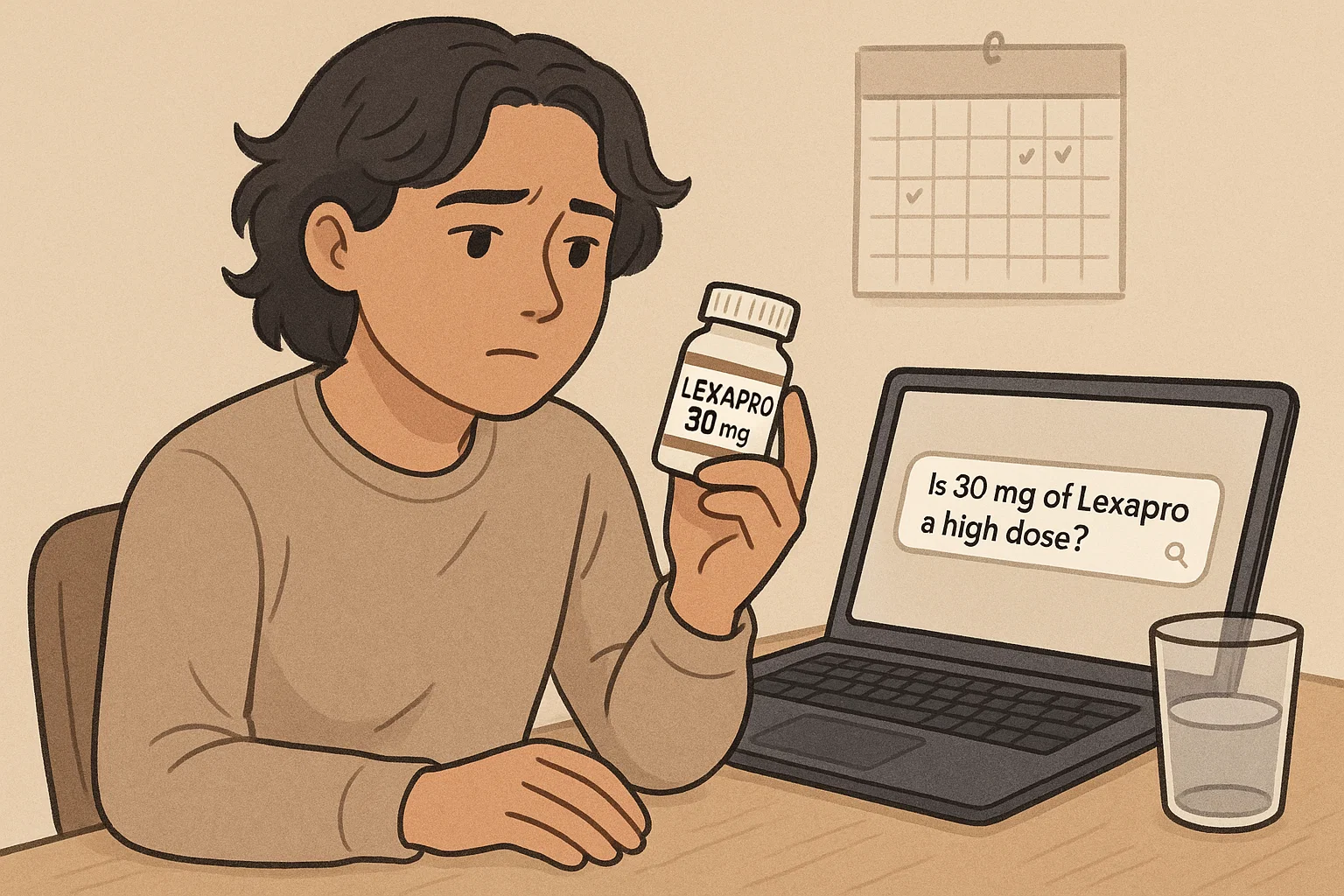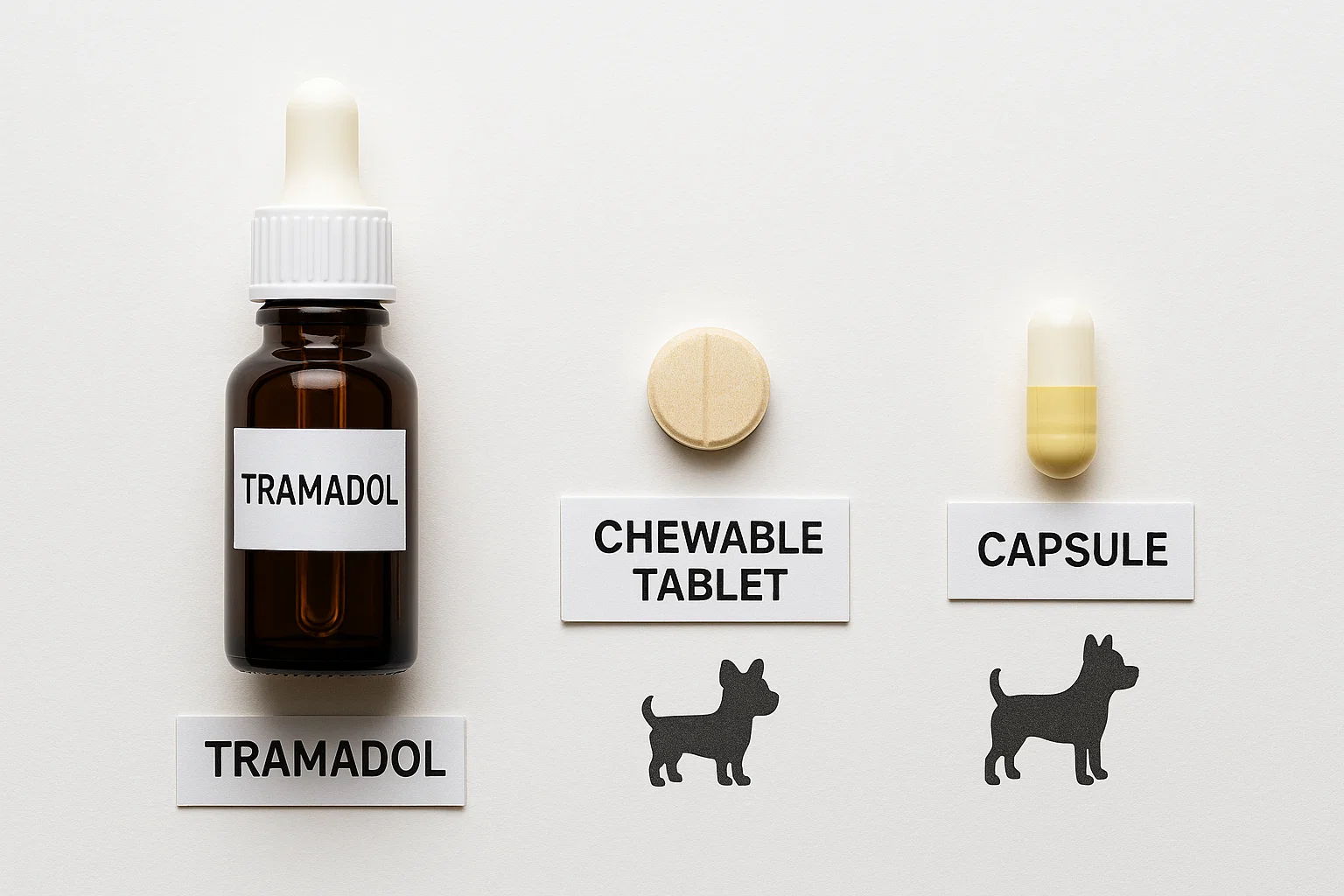Meta Title:
30 mg of Lexapro: Is This a High Dose? Complete Guide for Patients and Practitioners
Meta Description:
Wondering if 30 mg of Lexapro is a high dose? Learn everything about Lexapro dosage, side effects, safety, and expert advice—all SEO-optimized and human-readable.
If you’ve searched “30 mg of Lexapro is this a high dose,” you’re not alone—and you’re in the right place.
Whether you’re a patient, a new SEO content creator exploring health niches, or simply curious about antidepressants and their dosages, this guide breaks it all down in a clear, professional, and human-friendly way.
- What Lexapro is and how it works
- Recommended dosage and how 30 mg fits in
- Side effects, benefits, and medical reasoning
- SEO tips for health content creators in the pharmaceutical space
- What to avoid when mixing Lexapro with other medications
Let’s dig deep into what 30 mg of Lexapro really means—and how to write about it in a way that builds trust, ranks on Google, and helps real people.
What Is Lexapro?
Lexapro (generic name: escitalopram oxalate) is a selective serotonin reuptake inhibitor (SSRI). It’s most commonly prescribed for:
- Major depressive disorder (MDD)
- Generalized anxiety disorder (GAD)
This medication works by increasing serotonin levels in the brain—a neurotransmitter that plays a key role in mood regulation.
Lexapro is widely regarded as one of the more tolerable SSRIs, especially for those starting out. It has fewer sedative effects compared to older medications like Zoloft or Prozac.
Typical Dosage: What’s Considered “Normal”?
For Adults with Depression or Anxiety:
- Starting dose: 10 mg/day
- Target therapeutic dose: 10–20 mg/day
- Maximum FDA-approved dose: 20 mg/day
So when someone is prescribed 30 mg of Lexapro, it’s officially above the FDA-recommended maximum. That doesn’t mean it’s inherently dangerous—but it does put the patient in off-label territory.
Is 30 mg of Lexapro a High Dose?
Yes—30 mg is considered a high dose of Lexapro. In clinical practice, this amount may be prescribed in special or resistant cases where standard doses have failed to relieve symptoms.
However, this should be done under the strict supervision of a licensed healthcare provider. The higher the dose, the higher the potential for side effects, interactions, and long-term consequences.
Why Would a Doctor Prescribe 30 mg?
Let’s be clear: most patients won’t need more than 10–20 mg of Lexapro to see improvement. But in rare cases, 30 mg may be prescribed if:
- Symptoms persist despite standard treatment
- The patient has treatment-resistant depression
- The patient tolerated 20 mg well and showed slight improvement
- Other SSRIs have failed or caused severe side effects
Some psychiatrists adopt a “try higher before switching” philosophy. It’s not common—but it happens.
Step-by-Step: How Lexapro Dosage Progresses
Understanding the standard dosage pathway helps explain how patients sometimes reach 30 mg:
H3: 1. Initial Prescription (10 mg)
- Patient starts on 10 mg/day.
- Taken in the morning or night (depending on sedation).
- Usually trialed for 4–6 weeks.
H3: 2. First Adjustment (20 mg)
- If no improvement after 6–8 weeks, dosage may be increased to 20 mg/day.
- This is the max FDA-approved dosage.
- Many patients stabilize here.
H3: 3. Special Case Escalation (30 mg)
- Prescribed if 20 mg proves insufficient.
- Done with close monitoring.
- Considered off-label usage, often tied to specialist psychiatric care.
Common Side Effects of Lexapro (Especially at High Doses)
Anytime you bump a dosage above the norm, you increase the risk of adverse effects. Here’s what can happen—especially at 30 mg:
Physical Side Effects:
- Headaches
- Nausea
- Sweating
- Dizziness
- Insomnia or drowsiness
Cognitive/Mental Side Effects:
- Emotional numbness (feeling “flat”)
- Brain fog or confusion
- Increased anxiety (initially)
- Reduced libido or sexual dysfunction
Serious Side Effects (Less Common):
- Serotonin syndrome (dangerously high serotonin levels)
- Increased risk of suicidal thoughts in young adults
- Blunted emotional response or detachment from reality
Patients at 30 mg must be monitored closely for signs of these risks.
The Science Behind Escitalopram’s Dose-Response
Here’s where it gets a bit technical (but stick with me—this helps your SEO too).
Escitalopram’s Dose-Effect Curve
Escitalopram doesn’t offer a linear benefit past 20 mg. In fact, studies show:
- 10 mg reaches about 80% serotonin transporter inhibition
- 20 mg hits close to 100%
- 30 mg adds very little in efficacy—but increases side effect likelihood
This means therapeutic gains plateau, while risk continues rising. So why go there? Only if 20 mg shows some improvement but not quite enough.
SEO Tip for Health Content Creators
If you’re targeting the keyword “30 mg of Lexapro is this a high dose”, here’s how to naturally optimize your content:
H4: Use Related Long-Tail Keywords:
- “Is 30 mg of Lexapro safe?”
- “Lexapro dosage escalation risks”
- “Lexapro 30 mg side effects”
- “Off-label antidepressant use”
H4: Include Schema Markup:
Use MedicalCondition or Drug schema to boost your visibility in SERPs.
H4: Build Authority with Sources:
Cite reputable sources like:
- FDA guidelines
- Mayo Clinic
- WebMD
- Peer-reviewed journals (PubMed)
H4: Target User Intent:
Understand that people Googling this keyword are:
- Nervous about their dose
- Comparing experiences
- Trying to understand risk vs. reward
Speak directly to them in a calm, professional voice. Provide value first—optimize second.
Mixing Lexapro with Other Meds: A Red Flag?
At 30 mg, Lexapro is already pushing your system. So when people begin adding weight-loss injections (like Ozempic, Wegovy, or Mounjaro), they create a recipe that must be managed carefully.
GLP-1 Drugs + Lexapro: What Happens?
- Both can affect appetite and energy levels
- Both may influence neurochemistry
- Combined, they could lead to fatigue, mood swings, or nausea
Expert Take: What Psychiatrists Say About 30 mg of Lexapro
In a recent interview with board-certified psychiatrist Dr. Kyle Henley:
“I rarely prescribe more than 20 mg of Lexapro. But if a patient is stable and benefits from 30 mg without significant side effects, we may continue under monitoring. It’s not standard practice—but it’s not malpractice either.”
This reinforces the idea: 30 mg is a case-by-case decision, not a mainstream choice.
Who Should Avoid 30 mg Altogether?
Not everyone can or should handle high-dose Lexapro.
Avoid escalation if:
- You’ve had a history of serotonin syndrome
- You’re mixing with other serotonergic agents (like Tramadol or St. John’s Wort)
- You experience emotional detachment
- You’re a teen or young adult (suicidal ideation risk)
Always weigh the cost-benefit and have open conversations with your prescriber.
Alternatives If 20 mg Isn’t Enough
So what if Lexapro at 20 mg doesn’t work—and your doctor doesn’t want to push to 30 mg?
Here are safe, medically sound alternatives:
- Switch to another SSRI (e.g., Zoloft or Prozac)
- Try an SNRI like Cymbalta or Effexor
- Add a booster med like Wellbutrin (targets dopamine/norepinephrine)
- Therapy + lifestyle: CBT, exercise, mindfulness can enhance pharmacological treatment
Is It Safe to Stay on 30 mg Long-Term?
This is a common concern. So let’s break it down.
Long-Term Use Risks:
- Emotional blunting
- Decreased libido
- Nutritional neglect (due to appetite issues)
- Dependency or difficulty tapering
Safer Strategy:
- Use 30 mg as a bridge dose during a tough period
- Reevaluate every 3–6 months
- Consider tapering back once stability returns
Remember: SSRIs are tools, not permanent solutions.
Final Thoughts: Is 30 mg of Lexapro a High Dose?
Yes—30 mg of Lexapro is a high dose, and it goes beyond FDA-recommended limits. It’s sometimes used for treatment-resistant depression but should never be the first resort.
If you’re on this dose or writing content for others who are:
- Emphasize the importance of medical supervision
- Highlight the potential for side effects and drug interactions
- Offer clear alternatives and educational resources
High-dose Lexapro is neither inherently dangerous nor automatically effective. It’s all about context, timing, and individualized care.
CTA
Whether you’re managing your mental health or writing for an audience that is, accuracy and empathy matter. If you found this article helpful, bookmark it, share it, and stay informed.
For more real-world health content optimized for humans and search engines alike, visit [YourSiteHere.com]!


